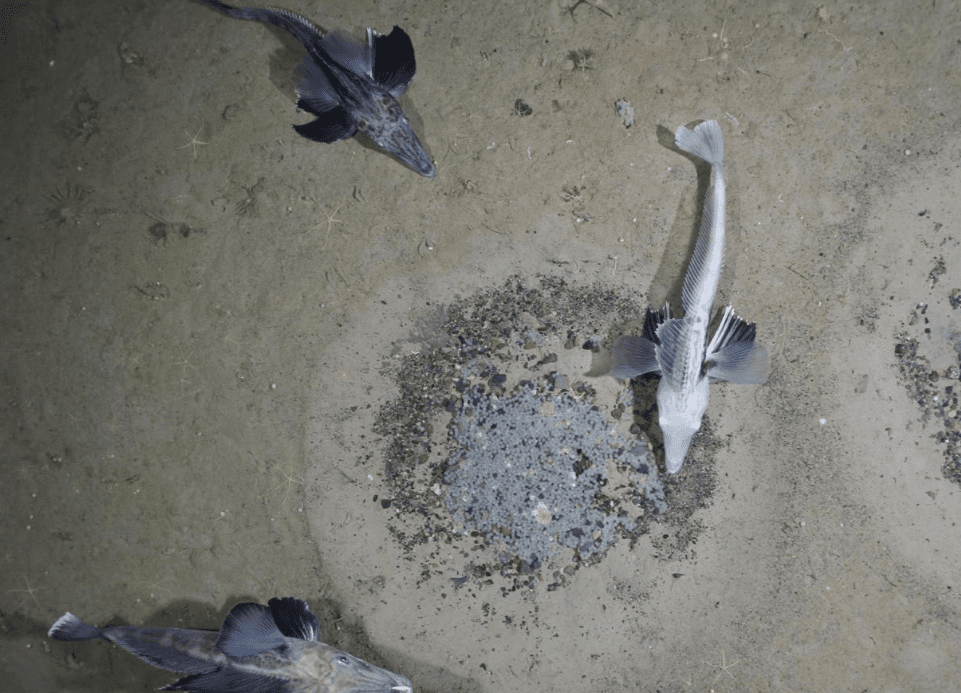Nearly 60 million icefish nests have been found on the ocean floor south of the Weddell Sea.
The nests were concentrated in an area of about 240 square kilometers (about the size of Kettering in the UK) and in some spots there were two nests per square metre. Each nest contained up to 2,500 eggs.
Researchers aboard the German research ship Polarstern stumbled upon the breeding area by chance while making routine observations with a camera that can be pulled up and descended to a depth of 535 meters while attached to the ship.
The Alfred Wegener Institute (AWI) has been researching the Weddell Sea since the early 1980s, but only small clusters of nests had been found until this discovery.
AWI’s deep-sea biologist Dr. “The idea that such a huge icefish spawning area in the Weddell Sea has never been discovered before is completely fascinating,” said Autun Purser.
Purser added:
After the spectacular discovery of many fish nests, we thought of a strategy on board to understand how big the breeding area was; literally seemed out of reach.
The researchers learned about the breeding ground through a process called upwelling, in which cold water rises to the surface and the deeper parts stay warmer.
The area has also been found to be a popular spot for Weddell seals. The researchers tracked a number of seals and determined that 90 percent of their dives took place around the burrows.
Dr. Purser said:
Many seals spend most of their time close to fish nests.
We know this from historical tracking data and new tracking data we’ve gained on our journey. Nests are precisely where the warmer water stays deeper, where the upstream event occurs.
These cases may be coincidental, more studies are needed. But the recorded data on seals show that seals do indeed dive deep into fish burrows, so they may be feeding on these fish.
The researchers said the discovery of the breeding grounds indicates the need to improve marine conservation efforts in Antarctica.
The proposal to limit human activity by creating a Marine Protected Area (MPA) in the Weddell Sea has been debated for years, but still has not received full support from the Antarctic ocean protection agency.
Antje Boetius, AWI director and professor of deep-sea biology, said international partners must work together to “ensure that there is no fishing in that area and that only non-interventionary research is carried out”.
So far the remoteness of this southernmost region of the Weddell Sea and harsh sea ice conditions have protected the region, but as pressures on the ocean and polar regions increase, we must be much more ambitious in marine protection.
The AWI’s findings are published in Current Biology.

